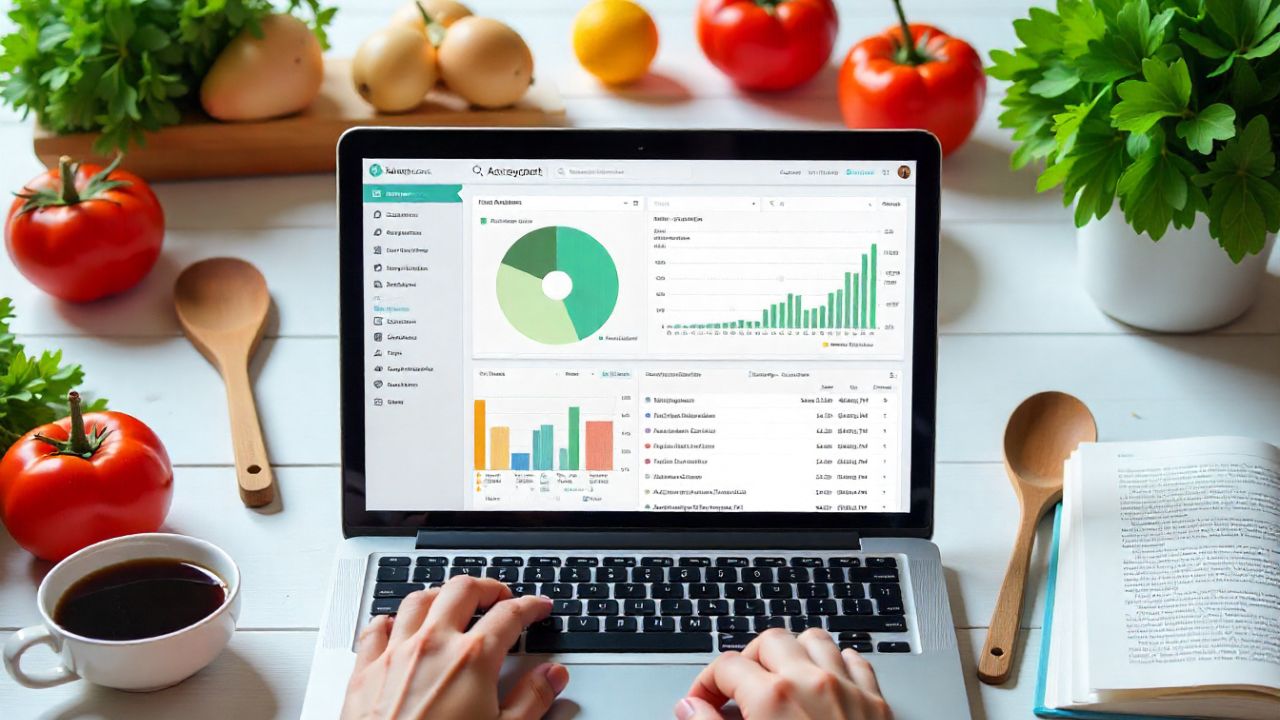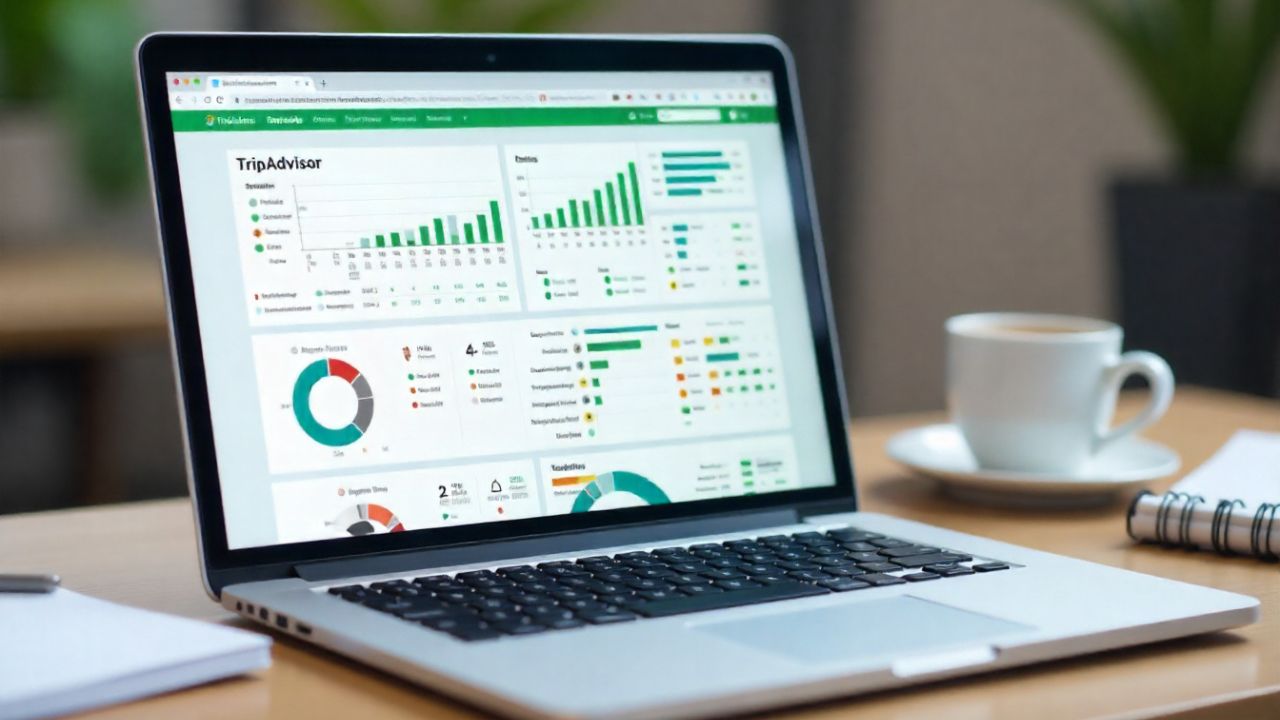Home < Blog < How E-commerce Brands Use Web Scraping for Competitive Pricing
How E-commerce Brands Use Web Scraping for Competitive Pricing
Posted on: November 12, 2025
The Problem: Manual Price Tracking Doesn’t Cut It
In fast-moving markets, relying on spreadsheets and manual checks to monitor competitor pricing is simply too slow. Prices shift daily (or even hourly) in e-commerce, and missing that movement means lost margin or lost market share.
For decision-makers in e-commerce, real estate and fashion, the stakes are high: price moves affect perception, profitability and positioning. Without systematic tracking, you're reacting instead of leading.
To simplify large-scale competitor tracking, many brands rely on Crawl Feeds data solutions for ready-to-use datasets.
Introducing Web Scraping as a Scalable Solution
Web scraping (automated extraction of data from websites) enables brands to gather competitor price information and product data at scale. Research shows that in e-commerce settings, scraping helps avoid the time-consuming process of manual data collection and supports real-time or near-real-time insights.
By tapping into this data, brands can monitor pricing trends, product availability, discount activity and other signals that matter for competitive pricing decisions. Modern web scraping services automate price data extraction across e-commerce platforms
How Brands Turn Scraped Data into Pricing Strategy
Here’s how brands are doing it — step by step:
- Data capture & monitoring – Automated scripts or services scrape competitor websites for price, discount, stock status, product variants, etc. For example, one provider shows that 80% of shoppers compare prices before buying, making real-time competitor data essential. Know more
- Data processing & analysis – Raw scraped data is cleaned, normalized, matched to your SKUs, and fed into dashboards or dynamic pricing engines.
- Pricing decision & action – Based on insights (e.g., competitor priced higher, stock low, promotion upcoming), your system triggers price adjustments, toggles discounts, or flags products for review.
- Feedback & iteration – You measure results (conversion, margin, sell-through) and refine price rules. Over time, this becomes a living loop of data → action → result.
Industry-Specific Use Cases
E-commerce
Brands selling online use scraping for:
- Real-time competitor price tracking: adjusting thousands of SKUs across multiple markets.
- Dynamic pricing: changing prices based on competitor moves, stock levels, and demand. For example, articles show that brands using this approach can see revenue improvements of 5-25%.
- Assortment & product matching: identifying which competitor items you don’t carry, spotting gaps, and aligning your inventory.
Real Estate
Although less talked about, web scraping has strong relevance in real estate :
- Tracking asking prices across listings, markets and regions.
- Monitoring discounting trends, time-on-market and price adjustments by competitors or similar properties.
- Using scraped data to inform positioning of new listings or promotions — e.g., if you see comparable properties reducing prices by 10% in a region, you can adjust your strategy proactively.
Fashion
In fashion retail:
- Seasonal pricing changes and flash sales are the norm. Scraped data reveals how competitors move discounts, what items go on sale and timing patterns.
- Monitoring fashion-forward brands and fast-fashion rivals to see how they price similar items helps you decide whether to position premium, match price, or undercut.
- Stock and sell-through signals: if a competitor shows “sold out” status or high discounting, you can decide whether to push certain lines or rotate stock accordingly.
- For fashion brands, retail and fashion data help track seasonal pricing and competitor markdowns
Why Crawl Feeds’ E-commerce Datasets Matter
When you need robust data to feed into pricing engines or business intelligence, waiting for your own scrapers to build from scratch can be slow and error-prone. This is where Crawl Feeds comes in:
- Their e-commerce datasets offer structured, ready-to-use data across numerous categories, competitor price snapshots, product details and more.
- For decision-makers in e-commerce, real estate and fashion, this means faster time-to-insight, fewer data-infrastructure headaches and immediate access to rich competitive pricing signals.
- Using a trusted external dataset allows you to focus your internal team on analysis and action, rather than data gathering.
Ethical & Legal Considerations
Scraping competitor prices isn’t risk-free. Make sure you:
- Respect website terms of service and robots.txt guidelines. Many sources caution against excessive requests that might overload servers.
- Stay within applicable data-protection and competition laws. While price data is often public, how you use it may be regulated in some jurisdictions.
- Ensure data accuracy and reliability. False or stale data can lead to poor pricing decisions. Having a dataset partner helps here.
Practical Action Plan To Use Web Scraping for Competitive Pricing
Here’s a suggested roadmap for your team:
- Define your pricing objectives (margin uplift, market share gain, discount management).
- Audit current competitor-price tracking process: how many products, how often, manual vs automated.
- Select a dataset partner like Crawl Feeds, or build your own scraping pipeline (or a mix).
- Map how scraped data flows into your pricing engine or BI dashboards: SKU matching, competitor mapping, and rule sets.
- Pilot with a segment (e.g., top 100 SKUs in one region) and measure results: price moves, conversion uplift, margin.
- Scale to the full catalogue once ROI is clear.
- Establish governance: Compliance, data update cadence, error-handling, and fallback plans.
Final Thoughts
If you’re serious about staying ahead in pricing in e-commerce, real estate or fashion sectors, leveraging competitive pricing data is non-negotiable. Automated web scraping enables you to collect that data at scale, act on it rapidly and improve pricing outcomes. And when you partner with Crawl Feeds for high-quality e-commerce datasets, you accelerate the process of turning data into value.
Ready to explore how Crawl Feeds can fuel your pricing strategy? Visit Crawl Feeds e-commerce datasets and see how their data can plug into your system.
Latest Posts
Find a right dataset that you are looking for from crawl feeds store.
Submit data request if not able to find right dataset.
Custom request




